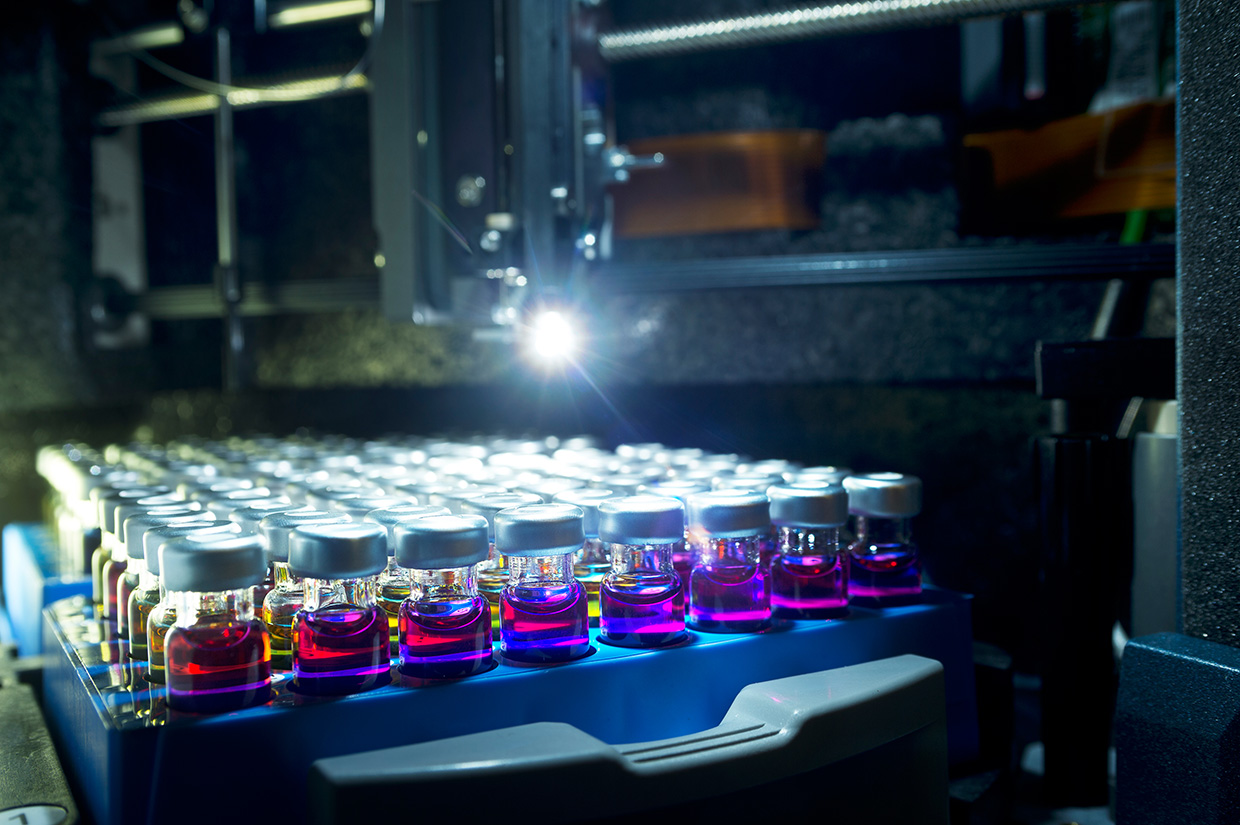Fire, water, air and earth, the four elements determine the work undertaken by the Department of Environment, Hygiene and Sensor Technology. We optimize combustion plants for generating energy from biomass and help manufacturers from a wide range of industries, such as the automotive, aviation and construction sectors, to reduce undesirable emissions from their products or production plants. To achieve this, we use not only modern trace analysis or the noses of our test persons, but also electrical sensors, which we adapt, optimize and further develop for their intended purpose. The past few years have clearly demonstrated the impact that indoor air can have on our health. A key working area of our colleagues is on optimizing the quality of indoor air from a hygienic point of view. Here, our work ranges from recording current chemical or microbiological conditions to validating air purifying systems.
In built-up areas, rain can release substances from building materials which affect the durability of those materials. Our team of chemists and biologists finds out which substances are released and assesses their impact on the environment as well as on the durability of buildings.
Microorganisms can cause damage to buildings. We apply taxonomic and genetic methods to characterize these organisms in order to give manufacturers of building products sound advice as they develop new products.
